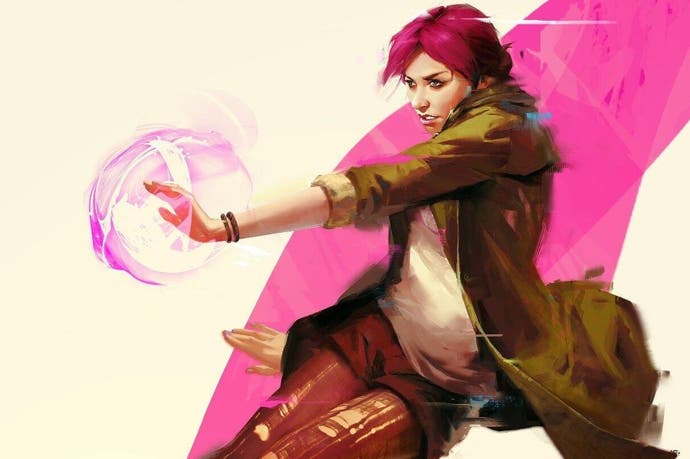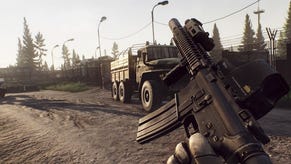Sucker Punch explains inFamous DLC frame-rate boosts
First Light runs faster than Second Son - will those enhancements roll back into the original game?
In our recent inFamous First Light performance analysis, we made an interesting discovery - the standalone DLC runs noticeably faster than Second Son, with an overall 12 per cent boost in frame-rates in the like-for-like test we've reproduced below.
We wanted to find out why - did the smaller scale of the title help to increase frame-rates, or had Sucker Punch optimised the engine? And in addition to that, assuming that the developer had streamlined its engine, would we see those enhancements rolled back into the original game? We reached out to Sony and Sucker Punch for comment in the wake of our results.
"For First Light, we made some optimisations in our shaders that did accelerate things," the developer replied. "The two most notable improvements were made in our water ripple compute shader, and the way we encode/decode normals in the g-buffer. In addition, the absence of the heavy DUP fortifications from Second Son has a measurable impact."
inFamous on PS4 utilises a physically-based deferred rendering solution for lighting, where various components of the scene - including material properties and how they interact with light - are packed into the geometry buffer as textures before being rendered out. It seems that the optimisations here result in a significant boost to performance: while the lack of DUP fortifications undeniably helps increase frame-rate, in the video we still see substantial boosts to performance where those elements are not present.
| First Light | Second Son | |
|---|---|---|
| Lowest Frame-Rate | 33fps | 28fps |
| Highest Frame-Rate | 49fps | 45fps |
| Average Frame-Rate | 40.36fps | 35.92fps |
So can these enhancements be included back into the original game? Theoretically, yes, but the logistics of deploying it make it seem unlikely.
"As for patching these into Second Son, that's unlikely as the resulting patch would be about 60 per cent the size of the full game - many gigabytes," Sucker Punch explains. "This is the result of us embedding shaders inside the city content they apply to - meaning we can't simply patch the engine to pick up these changes."
So do the enhancements to First Light benefit the gameplay experience compared to Second Son? Well, overall, the impact of a 5fps boost when the game is running with an unlocked frame-rate isn't immediately apparent owing to the inherently variable update. Where we really felt it most was in the areas where the engine is under load - First Light drops under 30fps less frequently than its predecessor. It's also apparent when you play with the optional 30fps lock in place - the action feels more consistent than in Second Son.
Overall, the effect may be fairly subtle but it is significant, and demonstrates amply how much of an impact engine optimisations can have on performance, not to mention how quickly talented developers are extracting more from the fledgling PS4 hardware.






.png?width=291&height=164&fit=crop&quality=80&format=jpg&auto=webp)




